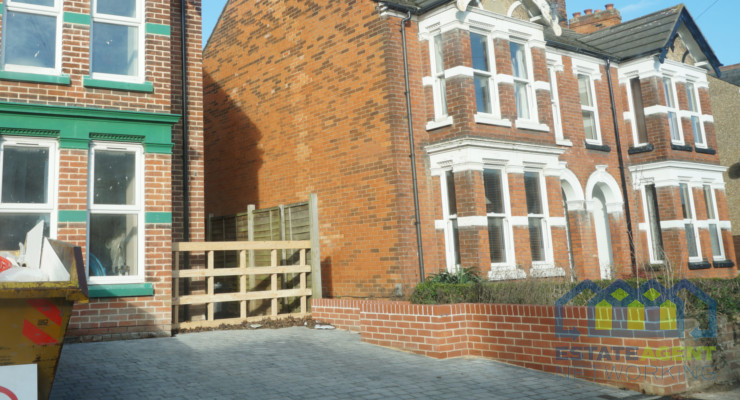Feeling BAMBOOzled by that pretty plant triggering neighbourhood disputes?
Bamboo is often pretty to look at in a garden and can be perceived as a nice addition to it. However, do not be deceived by its good looks, as it has the potential to not only cause damage to your home and potentially inflict thousands of pounds’ worth of damage to your property but also trigger unwelcome disagreements with neighbours.
There are horror stories to be heard about the overwhelming damage this beautiful looking plant can cause in people’s homes when left unidentified and untreated.
Propertymark warns it is vital to be aware of the dangers it can cause to properties and is the subject following a shocking experience that Michael Holden, experienced surveyor, encountered.
His client’s bamboo crossed the boundary lines into a neighbour’s property. “It can be just as destructive as Japanese knotweed,” Holden said, and specified that it cost his client almost £14,000 to get it fully removed.
This is why he wants to provide detailed advice and knowledge on how and why it is so crucial for homeowners to identify and control this plant as soon as possible to prevent costly structural damage and potential legal issues.
It can play an important role in the environment by absorbing significant amounts of carbon dioxide and releasing more oxygen than similar sided trees per capita, helping to mitigate climate concerns. But bamboo can grow at an intensely rapid rate of almost a metre in a single day. However, it is important to closely manage such growth so as not to cause costly issues to your property and the land it sits on.
What are the different types of bamboo?
‘Clumping’ bamboo can grow in patches and has shorter rhizomes, or underground stems. ‘Running’ bamboo tend to expand horizontally and run ‘outwards.’ The latter tend to cause the most problems because of the speed they can grow at, and the fact most British gardens do favour their growing conditions.
Running bamboo is also considered a weed because they are hard to remove once they start growing and they can compete with other plants for nutrients.
However, both types of bamboo are classed as invasive and when they can cause damage to other people’s gardens, this is known as ‘encroachment’. If your neighbour must recruit a professional to remove the bamboo, then they are entitled to pursue compensation, which is when neighbourhood disputes can start.
Of course, if you are not aware of what this plant is or what it looks like, it is easy to miss bamboo growing in your garden, so if you want to be 100 per cent certain, it is possible to use a surveyor to help you spot it. It may be perceived to be an unwelcome occurrence, but it can help avoid paying for thousands of pounds’ worth of damage at a later point.
Where can bamboo cause damage?
Bamboo is renowned for causing damage to hard surfaces like pavements and tarmac before spreading into buildings and then taking advantage of gaps or cracks in walls, floors, and drains.
What can a surveyor do to help you control bamboo?
One method a surveyor would recommend when it comes to stopping bamboo would be herbicides, which are unique chemicals intended to thwart bamboo growth.
Another method would be excavation, which would stop the quick infestation of bamboo by careful excavation of the above ground and below ground parts of the plant.
The other option is to dig out the entire plant and observe the area for any regrowth.
But because many gardeners consider them to be a pretty addition to a garden, they can use root barriers or planting in containers to disrupt their rapid growth into other people’s gardens.
Finally, for any slow-growing running bamboos, dig a trench about 30cm (12 inches) deep and sever any rhizomes you discover alongside any extensions that expand beyond your circular trench.
Therefore, while bamboo can be dangerous when allowed to get out of control, it might not be always necessary to fully remove it.
How much does it cost to remove bamboo?
This depends on the extent of the infestation, accessibility, and chosen removal method, but expect to pay between £150 to £10,000 or more.
Holden said:
“It is important to be aware of the dangers that bamboo can cause to people’s houses and neighbours’ gardens if this plant is not managed or removed. Bamboo is very easy to miss in a garden if you have had no prior experience of dealing with it or have never seen it before. Whilst asking a surveyor to observe a garden for bamboo is often not the first thing that crosses people’s minds when they are moving into a new house, I would recommend seeking expert opinion on the different types of plants in your garden just for that peace of mind, especially if you live in an older property that is vulnerable to cracks and more.”








